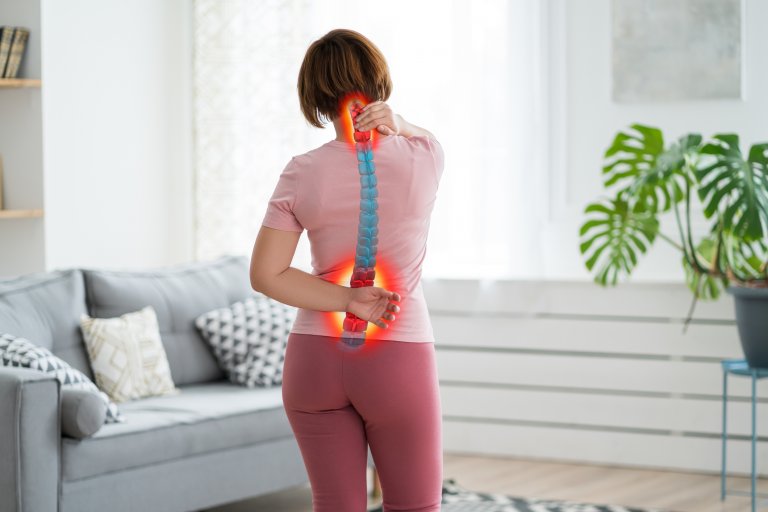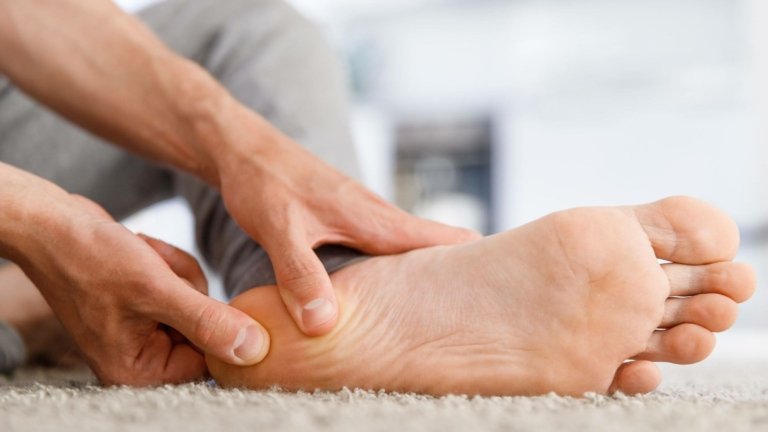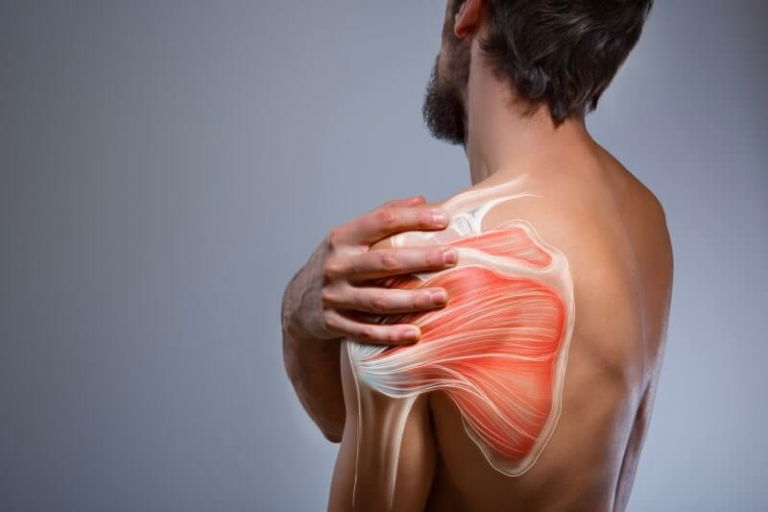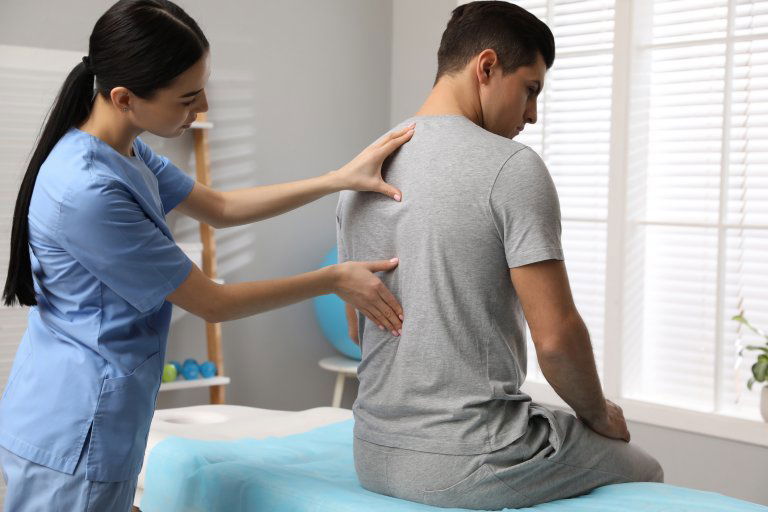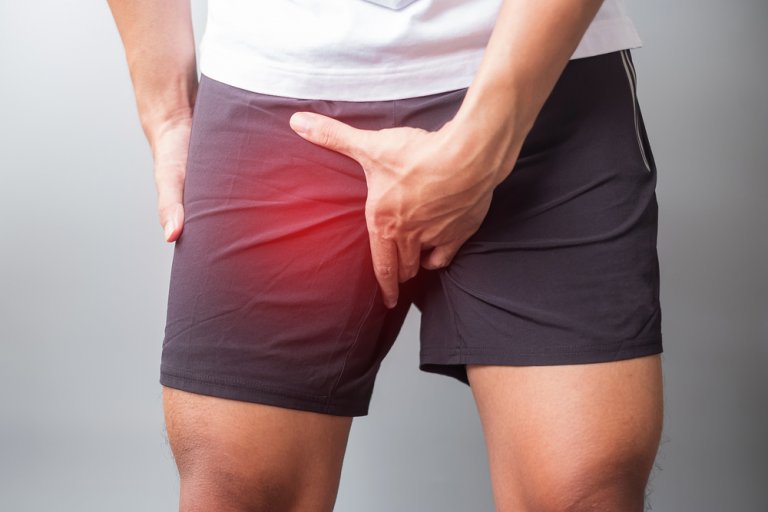Today we will take a detailed look at the state of calcification in the shoulder of calcifying tendinitis, which is a common cause of limited mobility and pain in the shoulder. Our teeth and bones contain the most calcium. A poor percentage of calcium is also found in the blood system.
Calcium is essential for the smooth transmission of nerve impulses, responsible for muscle contraction, normal heart function, blood clotting and cell balance. Since calcium plays an important role in our body, it makes sense to understand how the layering of calcium in the body can occur (deposition in joints, connective tissue and vessel walls), which in this case is defined as the pathological condition calcification.
The deposit of calcium is most often the joint capsule of the shoulder, i.e. calcification of the shoulder or the heel, i.e. calcaneal/heel spur. Calcium can also be deposited in the arteries, heart valves, brain, where calcification of the skull, other joints and tendons and soft tissues is characteristic. Calcium can also be deposited excessively in the gallbladder, bladder or kidneys.
Did you know that calcification of the shoulder often occurs in cycles, and that one cycle of formation and decomposition of calcification can last up to 5 years?
Did you know that patients who have a history of problems with thyroid hormones are more prone to developing calcification in the shoulder and that in this case calcification can last up to 8 years?
Calcification in the shoulder can also be asymptomatic, i.e. not painful, in this form it occurs in 3-7% of individuals. 43% of patients who have problems with shoulder pain have calcification present, it is more common in women, as 70% of all cases of calcification in the shoulder are women. Calcification in the shoulder most often occurs in the age group of 30-50 years.
You probably didn’t know that the rehabilitation of calcifications in the shoulder is complex and that frequent rest and rest are contraindicated or not recommended, as they usually make the condition worse. For calcifications in the shoulder, the first rule of treatment is active physiotherapy with an emphasis on maintaining the mobility and strength of the shoulder joint.

How does calcification in the shoulder occur?
Calcification in the shoulder occurs because calcium begins to accumulate in certain areas of the shoulder. Calcination is a protective response of the body to a previous injury or overloading of soft structure e.g. tendons and muscles, but on the other hand, it can also be a part of a natural inflammatory reaction to an infection or an autoimmune condition.
It is typical for the shoulder that calcification begins to form in the area of overworked tendons, e.g. tendons of the supraspinatus, tendons of the infraspinatus or at the location of the growths of other muscles of the rotator cuff. Calcification is common in individuals who use their arms above head level or compete in sports that involve a lot of repetitive movement patterns of the shoulder e.g. swimming, water polo, volleyball, tennis and basketball, often also martial arts.
Common characteristics of calcification
Characteristic of the formation of calcification in the shoulder is that is appearance will begin in the area of microdamage of the tendon, otherwise, due to structural changes in the tendon, there will be poor blood circulation locally, and the shoulder will often be placed in forced positions and rest for a long time when the injury occurs, which will cause conditions for the accumulation of calcium at the site of the tendon injury.
Calcification in the shoulder can occur for many years without expressed symptoms, and then intense pain often appears suddenly. Characteristic of calcifications in the shoulder is that reduced mobility often occurs first, and when the calcium begins to break down, intense pain occurs. Characteristic of shoulder calcification is that it starts to hurt after a ‘trigger’, which can be a blow to the shoulder or lying on the shoulder for an abnormally long time.
When calcification in the shoulder is suspected, it is crucial to start treatment in the form of physiotherapy and kinesiology early, because rest together with movement restrictions caused by shoulder calcification can lead to a frozen shoulder, which has a long rehabilitation time.
Types of calcification
Two types of calcification can occure in the shoulder, namely degenerative shoulder calcification and reactive shoulder calcification.
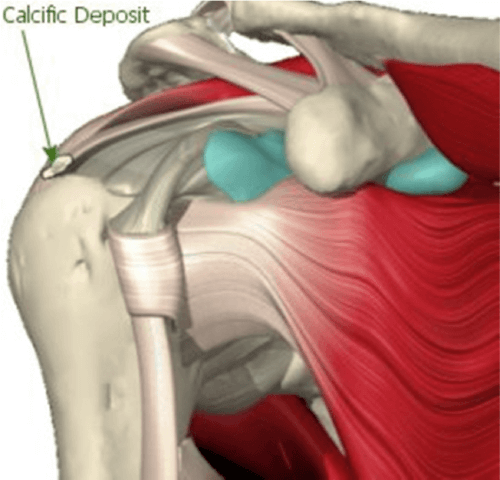
Degenerative calcification in the shoulder
Degenerative calcification is caused by age-related microdamages or chronic overloading of the joint capsule, which can also be indirectly caused by weakened muscles of the rotator cuff. With age, the tendons of the rotator cuff also become poorly supplied with blood, and the collagen fibers gradually lose their load-bearing capacity as a result.
Reactive calcification in the shoulder
Reactive calcification of the shoulder is not related to age, occurs more often as a result of a previous injury, prolonged immobilization or a stressful event, and is usually more painful than a degenerative calcification of the shoulder. Reactive calcification of the shoulder has 3 characteristic phases.
- The first phase occurs before the formation of calcification, in the form of pathological changes in the structure of the tendon, which increase the likelihood of the formation of calcium crystals.
- The second phase of reactive calcification of the shoulder is the phase of active calcification, crystal deposits are deposited in the tendon.
- In the third phase, the calcination is already breaking down, the crystals begin to be released from the tendon into the wider joint space of the shoulder.
The pain most often occurs in the third phase of shoulder calcification, when calcium crystals begin to be released from the tendon, it is typical for the third phase that it is triggered by a minor traumatic event such as, for example, a punch or quick twist of the arm, a throw or fall on the shoulder.
The entire cycle of calcification of the shoulder can last between 5-8 years, if the patient does not implement a suitable form of conservative treatment in the form of active physiotherapy, the calcification of the shoulder lasts longer, with greater movement restrictions and more intense pain. With untreated calcification of the shoulder, frozen shoulder syndrome can develop, when it becomes practically immobile, and pain is also caused by passive manipulations.
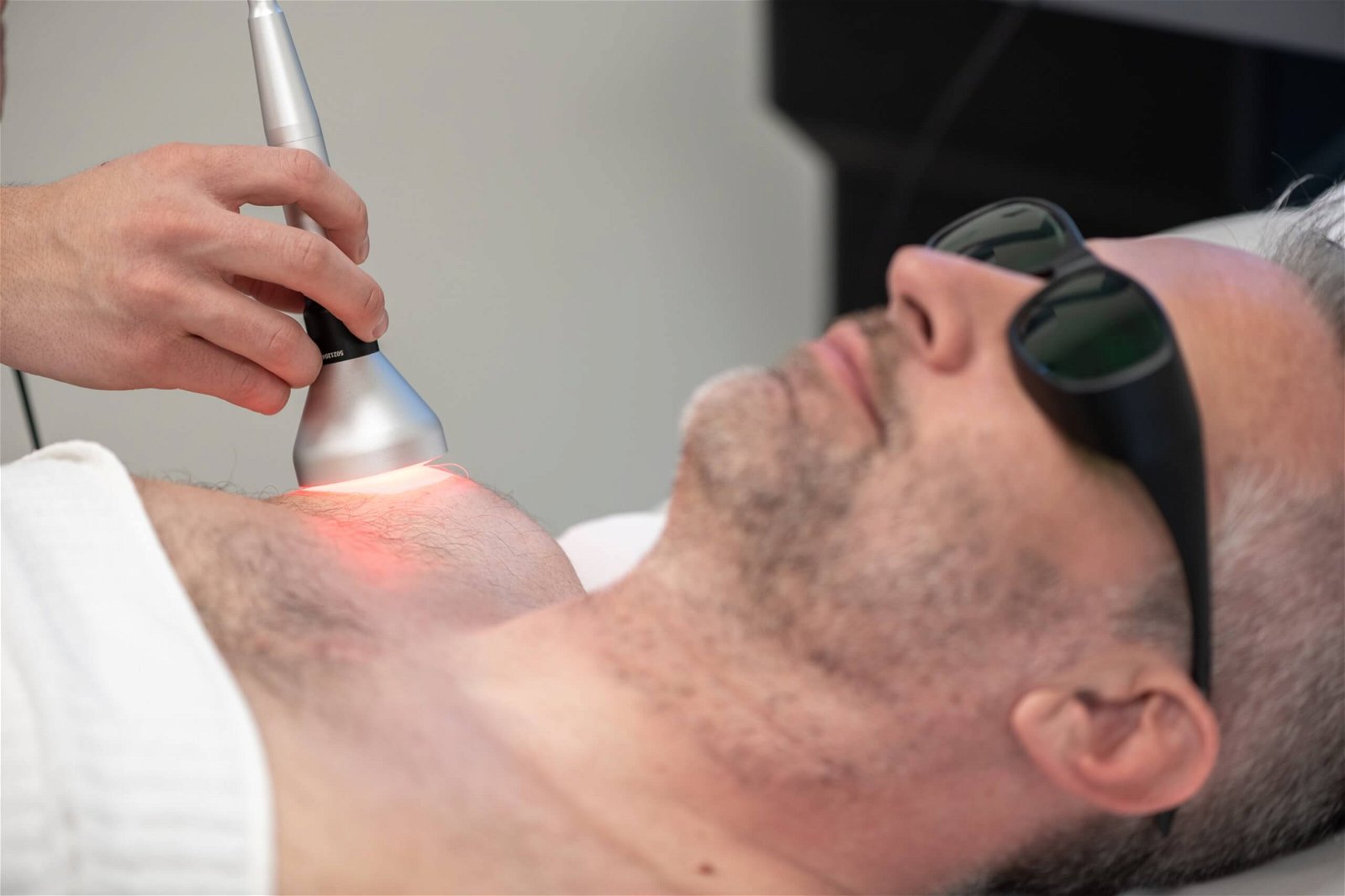
Risk factors for shoulder calcification
Risk factors for the development of reactive calcification of the shoulder, which is not caused by age-related changes in the connective tissue, are:
- Hormonal changes (thyroid problems and high levels of estrogen)
- Diabetes
- Improper posture (jointed shoulder with thoracic kyphosis and cervical lordosis)
- Intense forced shoulder positions (when working with a computer, at dentists, hairdressers, anesthesiologists, surgeons, painters and other jobs).
- Prolonged sleeping on one shoulder, shoulder slouching
- Certain medications
- General lack of exercise (not an active lifestyle)
- Weakened rotator cuff muscles
- A previous rotator cuff muscle or tendon tear
- Previous shoulder dislocation
- Previous shoulder arthroscopy
- Intensive long-term playing of tennis, basketball, water polo, volleyball
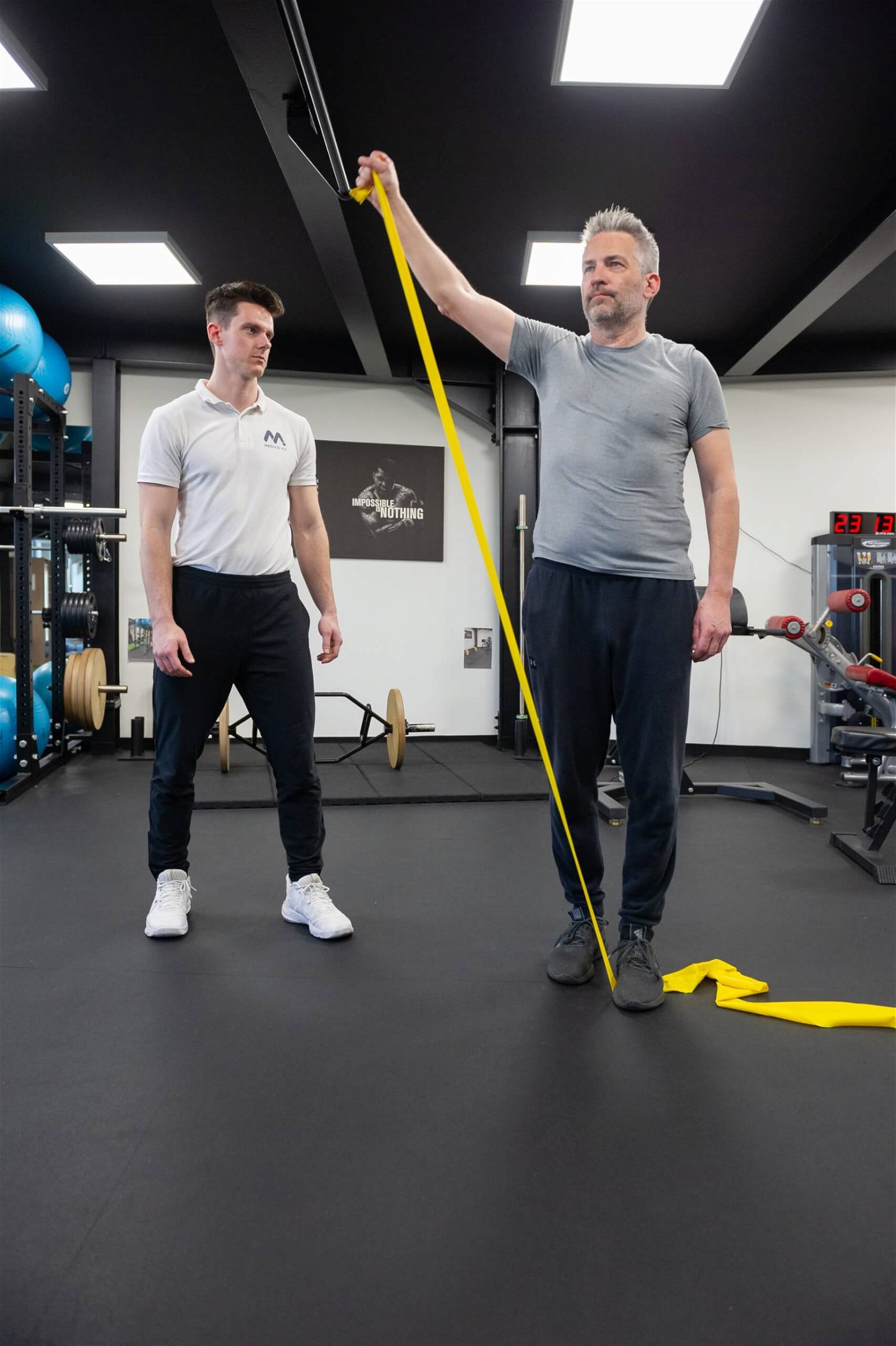
Diagnosis of shoulder calcification
Calcifications in the shoulder are often recognized after X-rays, mammograms, etc… The most reliable method for diagnosing calcifications in the shoulder is an ultrasound examination (US) of soft tissues. Ultrasound accurately shows the location of calcification and the degree of degenerative changes in adjacent connective structures.
Ultrasound diagnostics are also used to monitor the progress of shoulder calcification treatment as part of deep shock wave therapies. If calcification in the shoulder is suspected, MR diagnostics can also be performed. Magnetic resonance, but the most reliable is ultrasound.
Self-diagnosis of shoulder calcination
If you have trouble sleeping at night because of shoulder pain and you have difficulty raising your arm above your head, and you also have difficulty reaching with your palm or hand behind your back, then it is very likely that you have calcifications present in your shoulder.
If you have pain radiating to the elbow or in the entire upper arm, then we recommend that you undergo a diagnostic examination of the shoulder, in other words, an ultrasound scan.
Key information
Did you know that the classic approach of physiotherapy is often ineffective in the case of calcification in the shoulder? At the Medicofit clinic, we treat patients with movement limitations of the shoulder who have been accompanied by severe pain in the shoulder for several years, but the calcification has not been eliminated due to the approach of passive physiotherapy, which was based on electrotherapy, ultrasound therapy and mild manual mobilization.
In the following, we will introduce you to proper physiotherapy, based on techniques of active mobilization of the shoulder and deep shock wave therapy, but before that, let’s take a look at the pain caused by calcification of the shoulder.
What are the symptoms caused by calcification in the shoulder?
It is characterized by pronounced pain that limits the mobility of the shoulder, often the arm can only be raised to shoulder height, and reaching higher greatly worsens the pain response. Professionally, such a limitation is called pain-inhibited mobility of the shoulder joint above the head.
Calcification in the shoulder often causes night pain, it is typical that the pain worsens at rest, sleep can be interrupted or of poor quality.
Typically, shoulder calcification pain is worse when lying down than when standing. The pain can radiate down the elbow and is also intense in the upper arm, patients often show that the entire outer side of the arm below the shoulder hurts.
How do we treat calcifications in the shoulder?
At the Medicofit clinic, we perform comprehensive special treatment for calcifications in the shoulder, we guide you to a pain-free state with various physiotherapy approaches that are individually adapted to the stage of your shoulder calcification.
The leading method of treating shoulder is instrumental physiotherapy with deep shock waves (ESWT – extracorporeal shock wave therapy), with simultaneous special kinesiology training and active mobilization of the shoulder. An effective approach is only a holistic approach.
Combination of physiotherapy and kinesiology
Physiotherapy and kinesiology treatment is carried out in the third phase of shoulder calcification, as the shoulder usually becomes symptomatic only then, so we often do not have contact with the patient in the first and second phase of shoulder calcification. In the third phase of shoulder calcification, the body tries to eliminate the accumulated calcium and begins its reabsorption, which is reflected in the shoulder as an inflammatory and painful reaction.
Due to the accumulation of calcium, limited mobility of the shoulder can often appear already in the second phase, which becomes even more pronounced due to the pain in the third phase, the pains are especially characteristic at night.
Depth shock waves
Deep shock wave therapy, with the help of the pulse action of high-energy waves, breaks up the calcium deposits in the shoulder and accelerates the last, third phase of shoulder calcification and enables a more effective training approach.
Physiotherapy uses shock waves to rapidly divide the cells of the inflammatory reaction and reduce the calcification process. By targeting depth shock waves, the process of cavitation is provoked, which enables the calcifications in soft tissues to be ‘broken’ into smaller fragments, and as a result, easier reabsorption back into the blood.
Since shock depth wave therapy is not the most pleasant therapy, which can be painful for the patient, the physiotherapist must adjust the intensity of shock depth waves to the patient’s pain threshold and acute symptoms on the day of physiotherapy.
Book an appointment for deep shock wave theraphy!
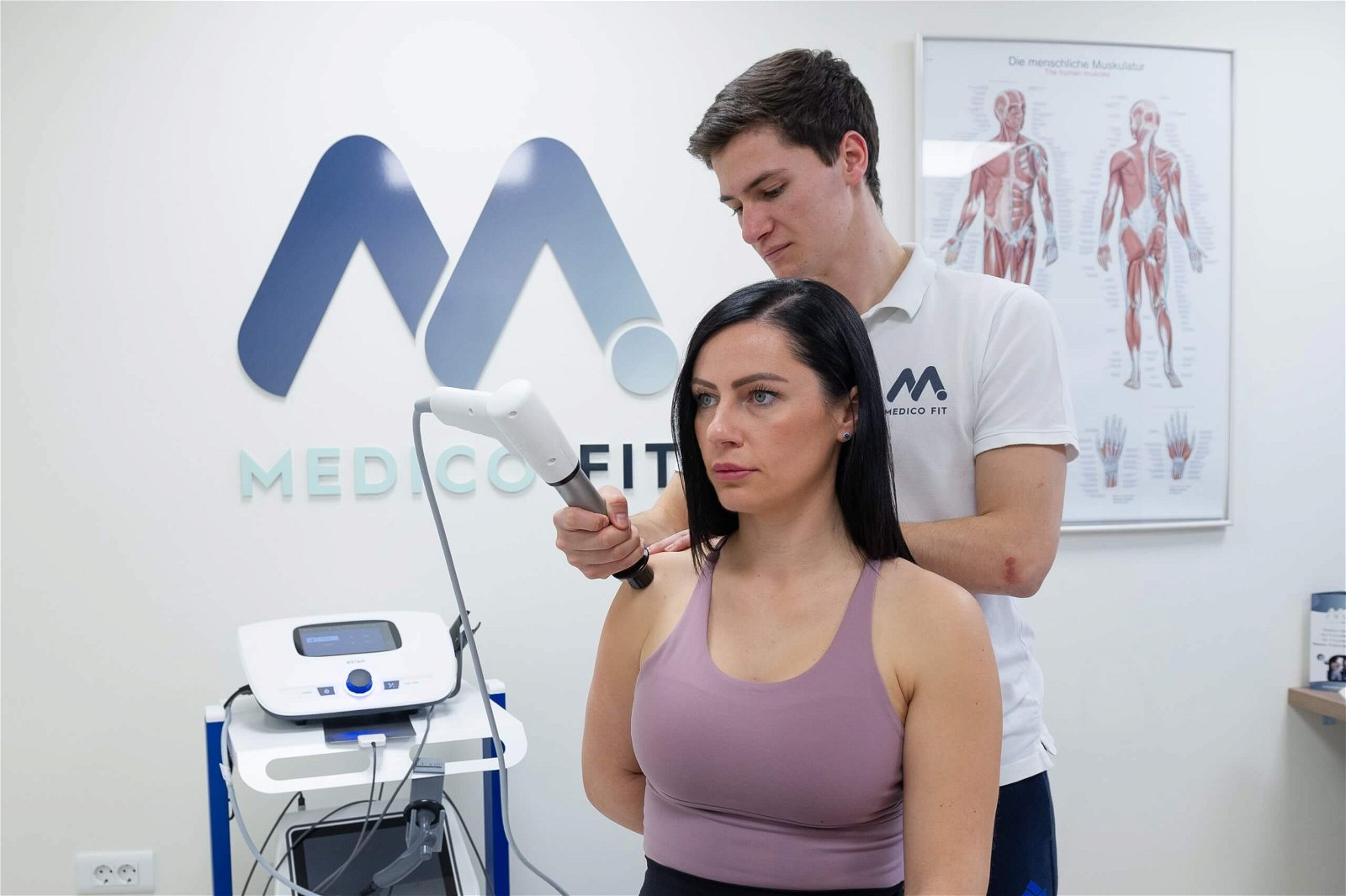
Tecar therapy
For calcifications in the shoulder, the Medicofit clinic also performs TECAR therapy, which raises the temperature of the connective tissue of the shoulder and enables a greater effect of kinesiology exercise. Tecar therapy with temperature that reaches 40 degrees Celcius accelerates the decomposition of calcination through the mechanism of calcium dissolution.
Comprehensive treatment of calcification in the shoulder
In addition to deep shock wave therapy, TECAR therapy, active mobilization of the shoulder and special kinesiology exercises, we also use LASER therapy and HiTOP high-tone electrostimulation of shoulder calcification, which with frequencies up to 100 times higher than conventional electrostimulation stimulates cell metabolism and accelerates decomposition calcium.
The most effective approach for calcifications in the shoulder is a holistic approach that combines deep shock waves with various therapeutic techniques. It is crucial for patients to gain adequate rotator cuff muscle strength during shoulder pain rehabilitation.
Is calcification in the shoulder a reason for rest?
Calcification in the shoulder is not a valid reason for rest, on the contrary, rest and lack of movement worsens the pain due to calcification and causes more severe movement limitations of the shoulder. For calcifications in the shoulder, movement is recommended, within the range of permissible amplitudes that do not worsen the present symptoms, as part of physiotherapy, they are carried out under the supervision of a kinesiologist.
The key is for patients to perform horizontal pulling and pushing kinetic chain strengthening exercises with active mobilization and rotator cuff muscle strengthening exercises throughout rehabilitation. Strengthening the rotator cuff muscles has been proven to reduce pressure on calcium deposits in the shoulder tendons.
The purpose of strengthening exercises is not only to restore the range of motion in the joint where there is calcification, but also general shoulder strength and proprioception (the body’s ability to consciously and subconsciously perceive the positions of body parts in space). To gain strength in the shoulder joint, the exercises in the initial phase include isometric muscle contraction, which is later upgraded to eccentric/concentric contraction with the advice of a kinesiologist (Chianca et.al 2018).
When is calcification in the shoulder operated on?
About 10% of individuals who have not been helped by conservative treatment to improve the symptoms of calcification of the shoulder, resort to surgery (arthrocopy), mainly because of unbearable pain, which only worsens the condition. At the Medicofit clinic, surgical treatment of shoulder calcification is advised in rare cases, rehabilitation of shoulder calcification without surgery can take several months, even up to 9-12 months. If there was no structured continuous treatment in the form of comprehensive physiotherapy for at least a period of 9 months, surgical treatment is not recommended.
Book here for an appointment!
- Healthline. Dostopno na: https://www.healthline.com/ health/calcification#causes.
- Department of Medicine. Why is calcium important. University of Wisconsin, School of Medicine and Public Health. Dostopno na: https://www.medicine.wisc.edu/ rheumatology/why-calcium-important.
- Health grades. Dostopno na: https://www.healthgrades.com/right-care/vascular-conditions/calcification.
- Chianca, Vito, Domenico Albano, Carmelo Messina, Federico Midiri, Giovanni Mauri, Alberto Aliprandi, Michele Catapano, Lorenzo Carlo Pescatori, Cristian Giuseppe Monaco, Salvatore Gitto, Anna Pisani Mainini, Angelo Corazza, Santi Rapisarda, Grazia Pozzi, Antonio Barile, Carlo Masciocchi in Luca Maria Sconfienza. 2018. Rotator cuff calcific tendinopathy: from diagnosis to treatment. Dostopno na: https://pubmed.ncbi.nlm.nih.gov/ 29350647/.





